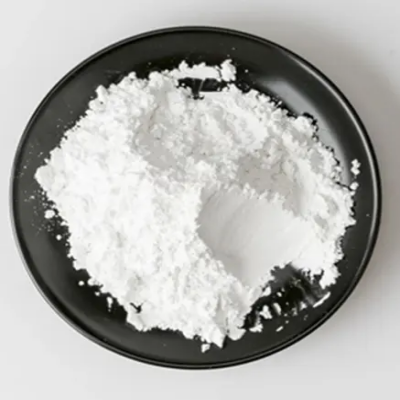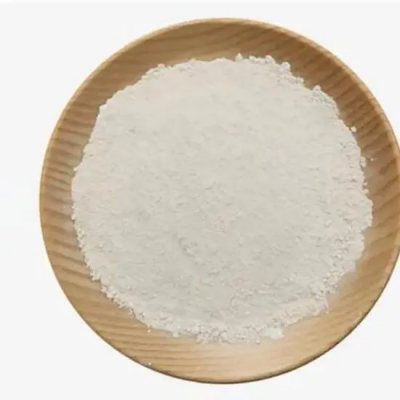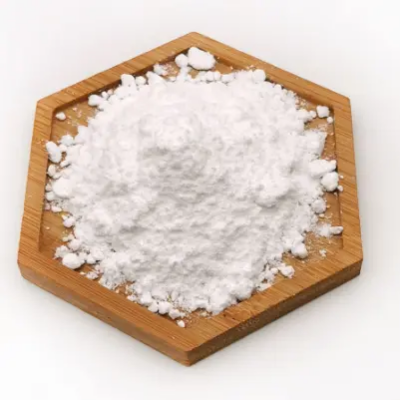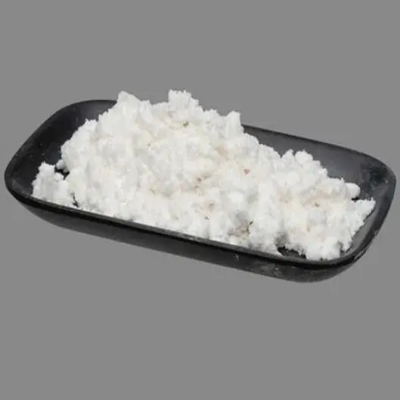BENZALDEHYDE 2,4-DINITROPHENYLHYDRAZONE CAS:1157-84-2
Benzaldehyde 2,4-dinitrophenylhydrazone, commonly referred to as a hydrazone derivative, is synthesized through the reaction of benzaldehyde with 2,4-dinitrophenylhydrazine, a reagent that plays a crucial role in the detection of carbonyl compounds. The reaction mechanism involves the nucleophilic attack of the hydrazine nitrogen on the electrophilic carbon of the carbonyl group in benzaldehyde, forming an intermediate hydrazone. This intermediate then undergoes dehydration, yielding the final hydrazone product. The importance of benzaldehyde 2,4-dinitrophenylhydrazone extends beyond its synthesis; it serves as a vital tool in organic analysis. Hydrazones are characterized by their ability to form crystalline solids, which exhibit unique melting points based on the structure of the starting carbonyl compound. For example, the melting point of benzaldehyde 2,4-dinitrophenylhydrazone can be determined experimentally, allowing chemists to confirm the presence of benzaldehyde in a mixture through comparison with known values. Furthermore, the vibrant yellow color of the 2,4-dinitrophenylhydrazone derivative is indicative of the presence of the dinitrophenyl group, making it easy to visualize during analysis. This characteristic helps in qualitative tests for aldehydes in laboratory settings. In research and industrial applications, the study of such derivatives enhances understanding of reaction kinetics and thermodynamics, while offering pathways for further reactions, such as reduction or oxidation. Overall, benzaldehyde 2,4-dinitrophenylhydrazone serves as a fundamental compound in organic chemistry, illustrating the intersection of theory and practical application in molecular identification and characterization.



| Composition | C13H10N4O4 |
| Assay | 99% |
| Appearance | white powder |
| CAS No. | 1157-84-2 |
| Packing | Small and bulk |
| Shelf Life | 2 years |
| Storage | Store in cool and dry area |
| Certification | ISO. |









